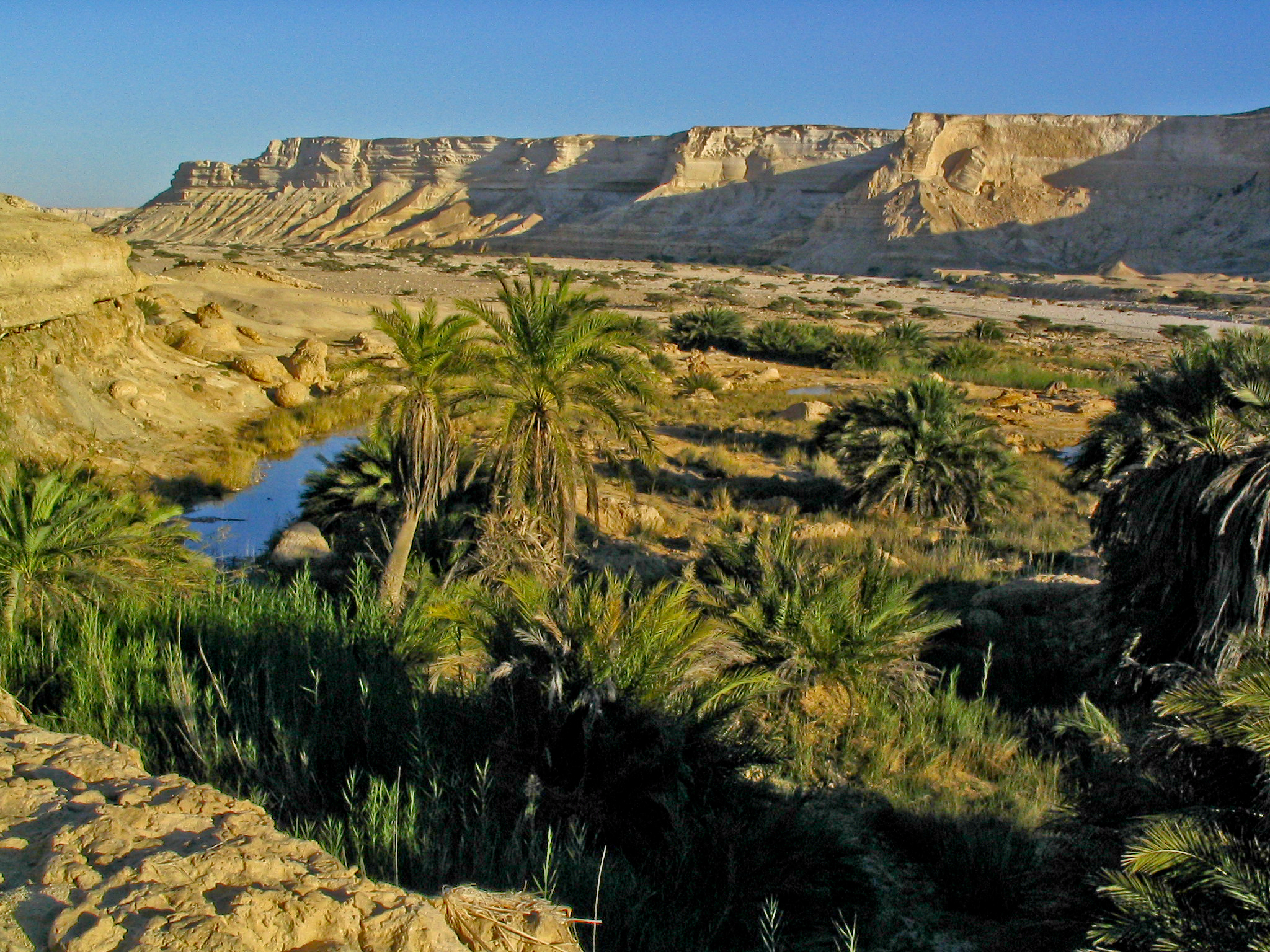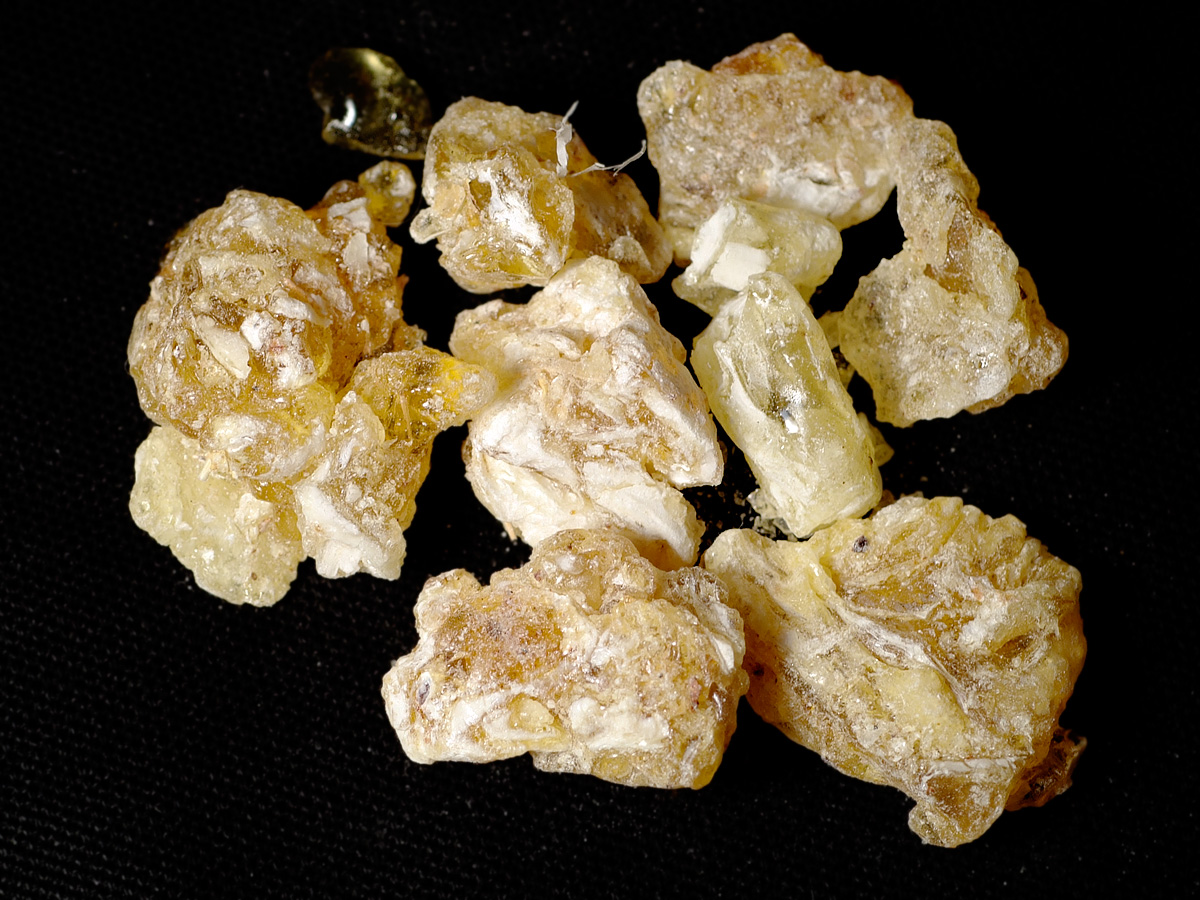|
Wildlife Of Oman
The wildlife of Oman is the flora and fauna of this country in the southeastern corner of the Arabian Peninsula, with coasts on the Gulf of Oman and the Arabian Sea. The climate is hot and dry, apart from the southeastern coast, and the country offers a variety of habitats for wildlife including mountains, valleys, deserts, coastal plains and sea coasts. Geography To the north of the country is a small exclave with a rugged coastline beside the Strait of Hormuz. This is the Musandam Peninsula, and is separated from the rest of Oman by part of the United Arab Emirates. The country in the north of the main part of Oman is mountainous, Al Hajar Mountains reaching almost to . They run parallel to the coast of the Gulf of Oman, with a narrow coastal plain in between. This is crossed by a number of wadis and has several oases. Central Oman consists of a tableland bounded to the west by the Rub' al Khali desert of Saudi Arabia. The coastline in eastern and southern Oman is barren. I ... [...More Info...] [...Related Items...] OR: [Wikipedia] [Google] [Baidu] |
Dhofar Mountains
The Dhofar Mountains ( ar, جِبَال ظُفَار, Jibāl Ẓufār) are a mountain range in the southeastern part of the Arabian Peninsula. In a broad sense, they extend from Dhofar Governorate in Oman to Hadhramaut Governorate in Yemen, and are located between the Hajar in the northern part of Oman, and the Sarawat in the western part of Yemen. Otherwise, the range in the eastern part of Yemen, particularly near Mukalla, is referred to as the "Hadhramaut" or "Mahrat". Geology Al-Qara Mountains ( ar, جِبَال ٱلْقَارَة, Jibāl Al-Qārah) are a subrange of the Dhofar, Jabal Al-Qamar ( ar, جَبَل ٱلْقَمَر) and Jabal Samhan are part of this range, The latter is the highest point at about . Wildlife The Arabian leopard thrives here, particularly in Jabal Samhan Nature Reserve. The Asiatic cheetah used to occur in this region. Oman's last known cheetah was killed near Jibjat in 1977 (Harrison, 1983). In December 2018, a Schokari sand racer was ... [...More Info...] [...Related Items...] OR: [Wikipedia] [Google] [Baidu] |
Bienertia Cycloptera
''Bienertia cycloptera'' is a species of flowering plant that is native to the Middle East, south-eastern Europe, and central Asia. It is a succulent, smooth annual plant with long, curved, cylindrical leaves. Its flowers have both male and female reproducing parts and its fruits are small and spherical. ''Bienertia cycloptera'' grows in hot, dry climates with little rainfall and tolerates soils with high salinity levels very well. Due to its specific growing conditions, ''B. cycloptera'' is not a very common, nor widespread plant. Even over most of its range, it often grows sparsely in small patches of growth. One notable aspect of ''Bienertia cycloptera'' is its unique C4 photosynthesis mechanism. Unlike most C4 plants, in ''B. cycloptera'' the photosynthetic mechanism occurs within a single chlorenchyma cell, without Kranz anatomy. Distribution ''Bienertia cycloptera'' is located throughout the Middle East, south-eastern Europe, and central Asia. The plant can be found in Arme ... [...More Info...] [...Related Items...] OR: [Wikipedia] [Google] [Baidu] |
Salsola Drummondii
''Salsola'' is a genus of the subfamily Salsoloideae in the family Amaranthaceae. The genus ''sensu stricto'' is distributed in central and southwestern Asia, North Africa, and the Mediterranean. A common name of various members of this genus and related genera is saltwort, for their salt tolerance. The genus name ''Salsola'' is from the Latin ''salsus'', meaning "salty". Description The species of ''Salsola'' are mostly subshrubs, shrubs, small trees, and rarely annuals. The leaves are mostly alternate, rarely opposite, simple, and entire. The bisexual flowers have five tepals and five stamens. The pistil ends in two stigmata. The fruit is spherical with a spiral embryo and no perisperm. Systematics The genus name ''Salsola'' was first published in 1753 by Linnaeus in ''Species Plantarum''. The type species is ''Salsola soda'' L. The genus ''Salsola'' belongs to the tribe Salsoleae ''s.s.'' of the subfamily Salsoloideae in the family Amaranthaceae. The genus was recircumscrib ... [...More Info...] [...Related Items...] OR: [Wikipedia] [Google] [Baidu] |
Avicennia Marina
''Avicennia marina'', commonly known as grey mangrove or white mangrove, is a species of mangrove tree classified in the plant family Acanthaceae (formerly in the Verbenaceae or Avicenniaceae). As with other mangroves, it occurs in the intertidal zones of estuarine areas. Description Grey mangroves grow as a shrub or tree to a height of , or up to in tropical regions. The habit is a gnarled arrangement of multiple branches. It has smooth light-grey bark made up of thin, stiff, brittle flakes. This may be whitish, a characteristic described in the common name. The leaves are thick, long, a bright, glossy green on the upper surface, and silvery-white, or grey, with very small matted hairs on the surface below. As with other ''Avicennia'' species, it has aerial roots (pneumatophores); these grow to a height of about , and a diameter of . These allow the plant to absorb oxygen, which is deficient in its habitat. These roots also anchor the plant during the frequent inundation o ... [...More Info...] [...Related Items...] OR: [Wikipedia] [Google] [Baidu] |
Limonium
''Limonium'' is a genus of 120 flowering plant species. Members are also known as sea-lavender, statice, caspia or marsh-rosemary. Despite their common names, species are not related to the lavenders or to rosemary. They are instead in Plumbaginaceae, the plumbago or leadwort family. The generic name is from the Latin ', used by Pliny for a wild plant and is ultimately derived from the Ancient Greek ' (, ‘meadow’). Distribution The genus has a subcosmopolitan distribution in Europe, Asia, Africa, Australia and North America. By far the greatest diversity (over 100 species) is in the area stretching from the Canary Islands east through the Mediterranean region to central Asia; for comparison, North America only has three native ''Limonium'' species. Description Sea-lavenders normally grow as herbaceous perennial plants, growing 10–70 cm tall from a rhizome; a few (mainly from the Canary Islands) are woody shrubs up to 2 metres tall. Many species flourish in saline ... [...More Info...] [...Related Items...] OR: [Wikipedia] [Google] [Baidu] |
Zygophyllaceae
Zygophyllaceae is a family of flowering plants that contains the bean-caper and caltrop. The family includes around 285 species in 22 genera. Plants in the family Zygophyllaceae may be trees, shrubs, or herbs. They are often found in dry habitats. The leaves are usually opposite, often with stipules and spines. Some are cultivated as ornamental plants, such as species of the ''Guaiacum'', ''Zygophyllum'', ''Tribulus'', and ''Larrea'' genera. i L. Watson and M.J. Dallwitz (1992 onwards). The families of flowering plants: descriptions, illustrations, identification, information retrieval. |
Al Batinah Region
Al-Bāţinah ( ar, ٱلْبَاطِنَة) was one of the regions ''( Mintaqat)'' of Oman. On 28 October 2011, Al-Batinah Region was split into Al Batinah North Governorate and Al Batinah South Governorate. The region occupied an important location on the coast of Gulf of Oman. It lay between Khatmat Malahah in the north and Ras al-Hamra in the south, and confined between Al Hajar Mountains in the west and the Gulf of Oman in the east. Most of Oman's population were in that region, because of the green plains between the Hajar Mountains and the sea. Al Batinah Region contained the largest number of provinces (''wilayat''), numbering twelve: Sohar, Ar Rustaq, Shinas, Liwa, Saham, Al-Khaburah, Suwayq, Nakhal, Wadi Al Maawil, Al Awabi, Al-Musannah, Barka. Suwayq is considered as the biggest wilayah in the Batinah region. Sohar was the regional capital. It is a populous city with a corniche, fish souq and numerous mosques. Historic maps of Oman showing Batinah WELLSTED(1 ... [...More Info...] [...Related Items...] OR: [Wikipedia] [Google] [Baidu] |
Somaliland
Somaliland,; ar, صوماليلاند ', ' officially the Republic of Somaliland,, ar, جمهورية صوماليلاند, link=no ''Jumhūrīyat Ṣūmālīlānd'' is a ''de facto'' sovereign state in the Horn of Africa, still considered internationally to be part of Somalia. Somaliland lies in the Horn of Africa, on the southern coast of the Gulf of Aden. It is bordered by Djibouti to the northwest, Ethiopia to the south and west, and Somalia to the east.Encyclopædia Britannica, ''The New Encyclopædia Britannica'', (Encyclopædia Britannica: 2002), p.835 Its claimed territory has an area of , with approximately 5.7 million residents as of 2021. The capital and largest city is Hargeisa. The government of Somaliland regards itself as the successor state to British Somaliland, which, as the briefly independent State of Somaliland, united in 1960 with the Trust Territory of Somaliland (the former Italian Somaliland) to form the Somali Republic.''The New Encyclopædia Br ... [...More Info...] [...Related Items...] OR: [Wikipedia] [Google] [Baidu] |
Frankincense
Frankincense (also known as olibanum) is an aromatic resin used in incense and perfumes, obtained from trees of the genus ''Boswellia'' in the family Burseraceae. The word is from Old French ('high-quality incense'). There are several species of ''Boswellia'' that produce true frankincense: ''Boswellia sacra'' ( syn. ''B. bhaw-dajiana'', syn. ''B. carteri''), '' B. frereana'', '' B. serrata'' (''B. thurifera'', Indian frankincense), and '' B. papyrifera''. Resin from each is available in various grades, which depend on the time of harvesting. The resin is hand-sorted for quality. Etymology and other names The English word ''frankincense'' derives from the Old French expression , meaning 'high-quality incense'. The word in Old French meant 'noble, pure'. Although named ''frank''incense, the name is not referring to the Franks. The name of frankincense in Koine Greek (the language of the New Testament): grc-koi, λίβανος, translit=líbanos, label=none (or grc-koi, λι� ... [...More Info...] [...Related Items...] OR: [Wikipedia] [Google] [Baidu] |
Boswellia Sacra
''Boswellia sacra'' (commonly known as frankincense or olibanum-tree) is a tree in the Burseraceae family. It is the primary tree in the genus ''Boswellia'' from which frankincense, a resinous dried sap, is harvested. It is native to the Arabian Peninsula (Oman, Yemen), and horn of Africa (Somalia). Description This species of ''Boswellia'' is a small deciduous tree, which reaches a height of , with one or more trunks. Its bark has the texture of paper and can be removed easily. It has compound leaves and an odd number of leaflet (botany), leaflets, which grow opposite to one another along its branches. Its tiny flowers, a yellowish white, are gathered in axillary clusters composed of five petals, ten stamens and a cup with five teeth. The fruit is a capsule (botany), capsule about long. The new leaves are covered with a fine down. Individual trees growing on steep slopes tend to develop some buttress root, buttressing that extends from the roots up into the base of the stem. T ... [...More Info...] [...Related Items...] OR: [Wikipedia] [Google] [Baidu] |
Albedo
Albedo (; ) is the measure of the diffuse reflection of sunlight, solar radiation out of the total solar radiation and measured on a scale from 0, corresponding to a black body that absorbs all incident radiation, to 1, corresponding to a body that reflects all incident radiation. Surface albedo is defined as the ratio of Radiosity (radiometry), radiosity ''J''e to the irradiance ''E''e (flux per unit area) received by a surface. The proportion reflected is not only determined by properties of the surface itself, but also by the spectral and angular distribution of solar radiation reaching the Earth's surface. These factors vary with atmospheric composition, geographic location, and time (see position of the Sun). While bi-hemispherical reflectance is calculated for a single angle of incidence (i.e., for a given position of the Sun), albedo is the directional integration of reflectance over all solar angles in a given period. The temporal resolution may range from seconds (as ob ... [...More Info...] [...Related Items...] OR: [Wikipedia] [Google] [Baidu] |





